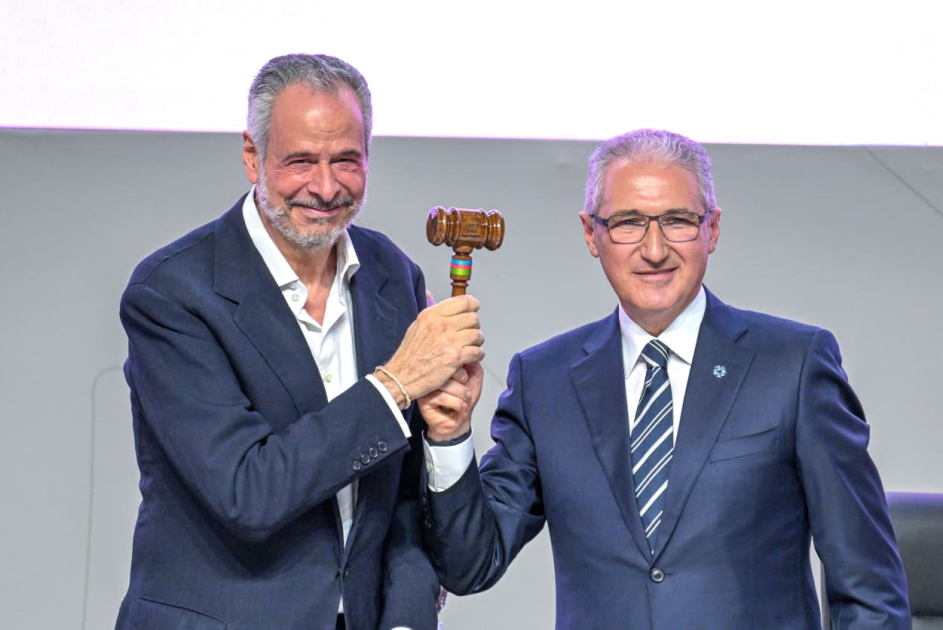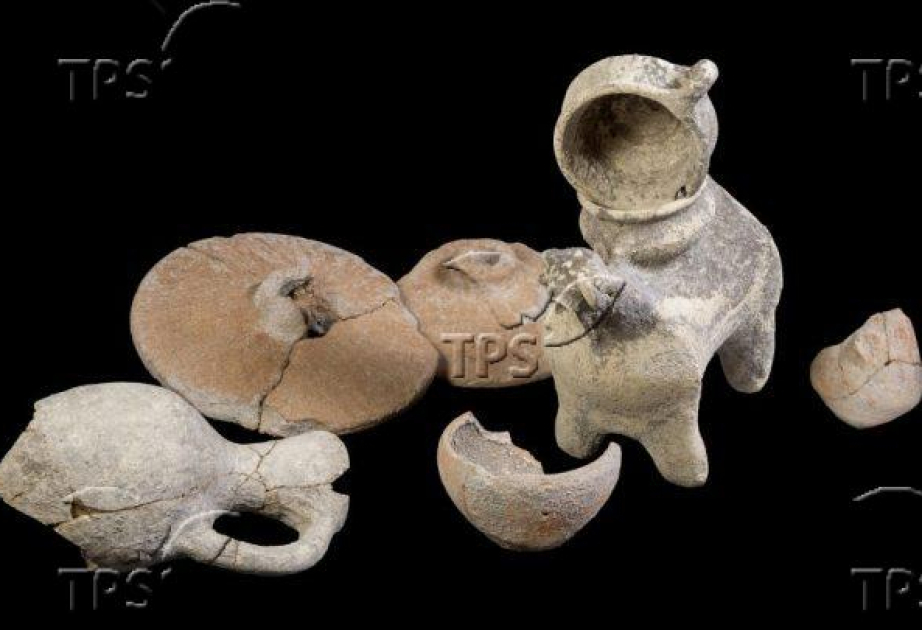Jerusalem Post
ByDR. MAYA ROSMAN
You probably think that to burn fat you need to raise your heart rate and do high-intensity exercise. But the truth is, that’s not really the case. Here’s everything you need to know.
Let’s start with what’s most important: Precisely when you’re not exerting yourself—you burn more fat. One of the most common questions in the field of fitness and nutrition is: “Which activity burns the most fat?” And the answer may surprise you: Sometimes, slow walking, cleaning the house, or gentle Pilates burn more fat than an intense run. How does it work, and why? Here are all the explanations.
During physical activity, our body needs available energy—and it can obtain it from two main sources:
Carbohydrates—in the form of glucose in the blood or glycogen stored in the muscles and liver.
Fats—in the form of free fatty acids, which come from the body’s fat stores.
But which one does the body actually use?
You always burn both fat and carbohydrates—the question is in what ratio.One common misconception is thinking that “now the body is burning only fat” or “right now it’s burning only carbohydrates”—but it doesn’t really work that way. In every physical activity, the body burns a combination of the two—fats and carbohydrates—only the ratio between them changes according to the intensity of the activity, meaning the pace and heart rate.
Low-intensity activity
What determines this ratio? It depends mainly on intensity—that is, pace and heart rate: The easier and slower the activity—the more the body tends to prefer fat as an energy source. The more intense and faster the activity—the more the body turns to carbohydrates, because they are more readily available and respond more quickly.
Low-to-moderate intensity activity = increased fat burning
During a leisurely walk, yoga, Pilates, mopping the floor, or even prolonged standing—the heart rate rises to 50–70% of the maximum heart rate. This is a zone where the body burns fat efficiently—because it has time to break down the fat in the cells and use it as fuel.
Studies show that at these heart rate levels: About 60%–80% of the energy comes from fat. The remainder of the energy comes from carbohydrates, mainly available glucose.
High-intensity activity
In fast running, intervals, stair climbing, or spinning classes—the heart rate jumps to 80%–95% of the maximum. Here, the body needs fast energy and doesn’t have time to break down fat. Therefore: It uses glycogen (carbohydrate stores in the muscle), most of the energy comes from carbohydrates, and only a small percentage of calories are burned from fat.
For example, in a 30-minute run you can burn about 300 calories—but only 15%–20% of them from fat.
A study published in the Journal of Applied Physiology showed that people who trained at 65% of their maximum heart rate burned a higher percentage of fat than those who trained at 85%.
A Sports Medicine review found that “the maximal fat-burning zone” usually occurs between 60%–70% of the maximum heart rate.
Another study emphasized the importance of moderate muscle activity throughout the day, not just in one concentrated workout—for improving fat metabolism.
Fat burning during the workout—not throughout the day
It’s important to understand that the explanations so far have dealt with the energy source during the activity itself—that is, where the body draws energy from during exercise. But when it comes to reducing body fat percentage—the picture is broader.
Even if during intense exercise the body mainly used carbohydrates, during the hours after the workout, when the body returns to balance, it may switch to burning more fat to complete the energy balance. But note—this already depends on the number of calories we consumed during the day, and on the overall balance between expenditure and intake:
If we ate more calories than we burned—the body will store the excess (even if we trained hard).
If we were in a daily calorie deficit—the body will turn to fat stores for energy, even outside workout hours.
Therefore, when it comes to a process of losing weight or reducing fat—what really matters is the daily or weekly calorie balance, not just the type of workout.
Physical activity greatly helps create the calorie deficit—but the result comes from the combination of movement, nutrition, and rest.
How do you find the right heart rate for you?
What heart rate should you reach to burn more fat?
The basic calculation for maximum heart rate is:
220 minus your age = maximum heart rate (approximately).
For example, at age 50 → maximum heart rate: 170.
So the ideal fat-burning range is 50%–70% of that: Meaning a heart rate between 85 and 119.
You can measure it with a heart rate monitor, or simply feel—if you can talk while doing the activity, you’re likely in the fat-burning zone.
Clean and burn
And something nice to end with: Especially for anyone who finds themselves getting annoyed while cleaning the house—there’s something good. This activity burns a lot of fat.
How many calories do you burn when cleaning the house? (average estimate)
Mopping the floor – about 180 calories per hour
Cleaning windows – 150–170 calories per hour
Changing sheets and tidying the house – about 140 calories per hour
Scrubbing the bathroom or kitchen – 200–250 calories per hour
Hanging laundry, dusting – 100–120 calories per hour
Climbing stairs – 10 calories per minute (about 600 per hour)
Bottom line:
For effective fat burning—you don’t have to push yourself to the limit.
Brisk walking, cleaning, yoga, and Pilates—burn fat optimally.
Running and intense aerobics—burn more calories overall, but fat makes up only a small part of them.
The key is balance: Combining moderate movement throughout the day with intermittent high-intensity exercise—this is the best way for toning, health, and endurance.





















